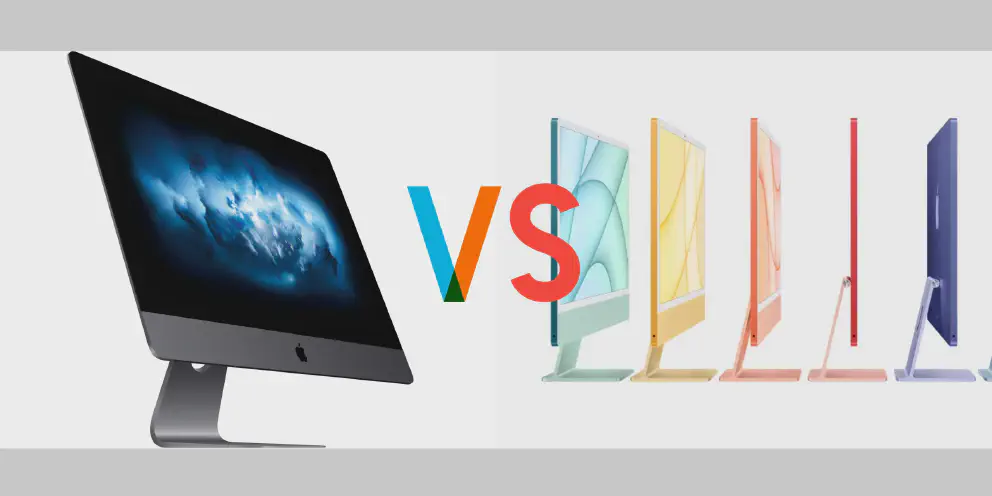When the iMac Pro was released in 2017, it was a stop gap measure between updating the trash can Mac Pro (released in 2013 and never updated) and the arrival of the newest Mac Pro (released in 2019). Now the iMac Pro has not been updated since it’s release and Apple announced that it is moving towards their own Apple Silicon starting from Nov 2020. Is the iMac Pro still a relevant machine and how does it stack up with Apple latest consumer PC, the new iMac?
iMac Pro
The year is 2017. Apple is making money hand over fist from their iPhone sales, but many of the Apple faithful complained that Apple is no longer focusing on the Macs since compared to iPhone sales figure, the Mac remains stagnant. The Mac Pro, which was released with great fanfare in 2013 (almost 4 years earlier) and used by industry pros has not received a single update. Things move fast in the computing world and no updates for 4 years in IT is basically no updates in a 100 years in the real world.
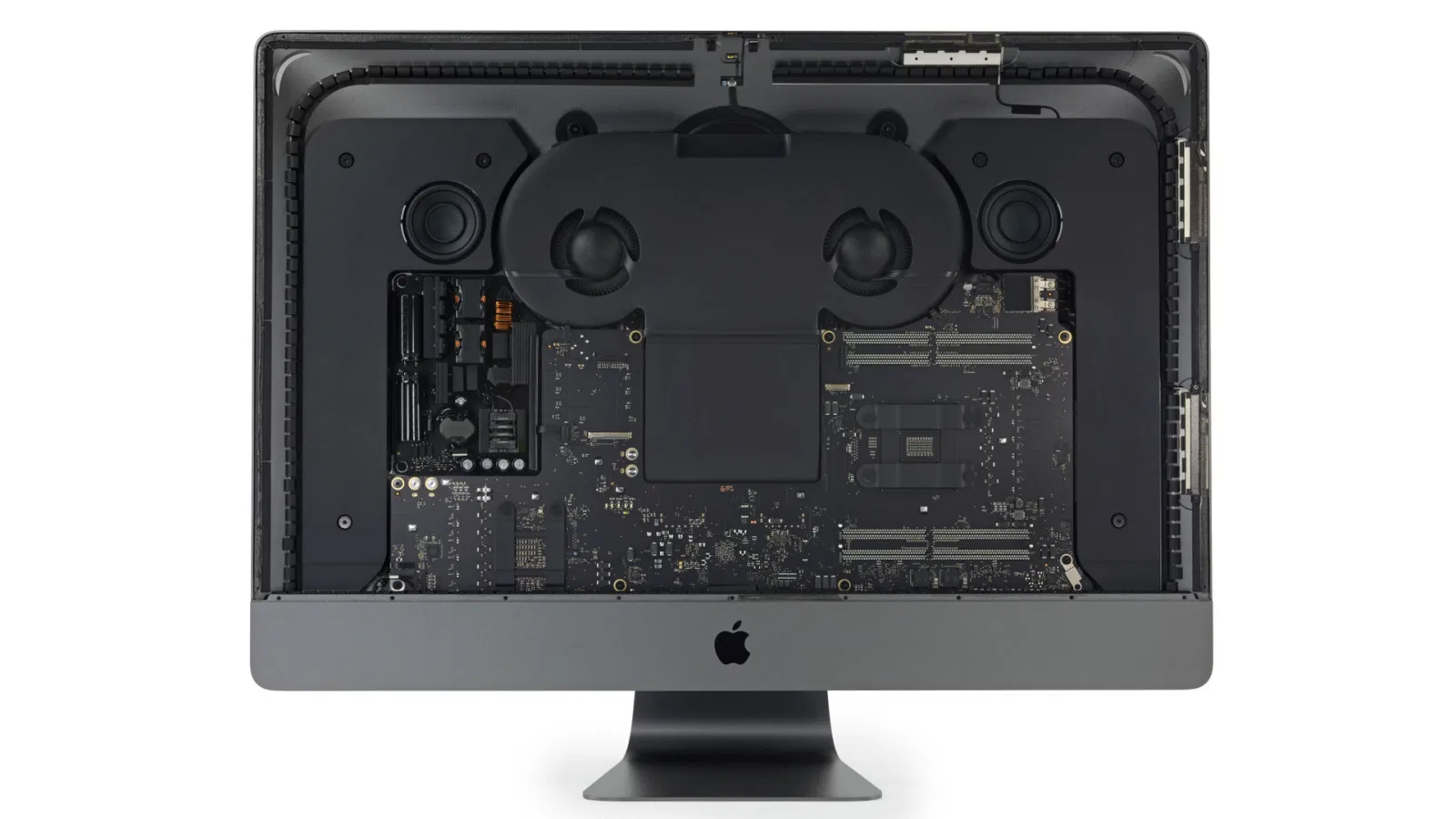
As a response, Apple did the unthinkable: Apple admit that the “trash can” Mac Pro was a mistake and announced that they going to build a new one from the ground up. In the mean time, they release a stop-gap product and the iMac Pro was born. At release time, the iMac Pro has incredible specs (which still rings true today) and a price point to match. Intel Xeon processors, which are Intel processor optimized for number crunching and long and heavy workloads. ECC RAM which are reserved for servers. 4 USB-A port and 4 USB-C port with option for 10 gigabit ethernet. The iMac Pro packs a mean punch and with asking price starting from $5,000 it was meant for professionals and set the tone for future professional Mac products.

The iMac Pro was well received by professional since they have to endure an underpowered Mac Pro for years. With improved cooling, it is dead silent even during heavy workload. With max-out option of 18-cores, it can really handle itself in doing heavy workload. Yes, I use the word “heavy” a lot in this description about iMac Pro, it was designed to do so.
The New iMac
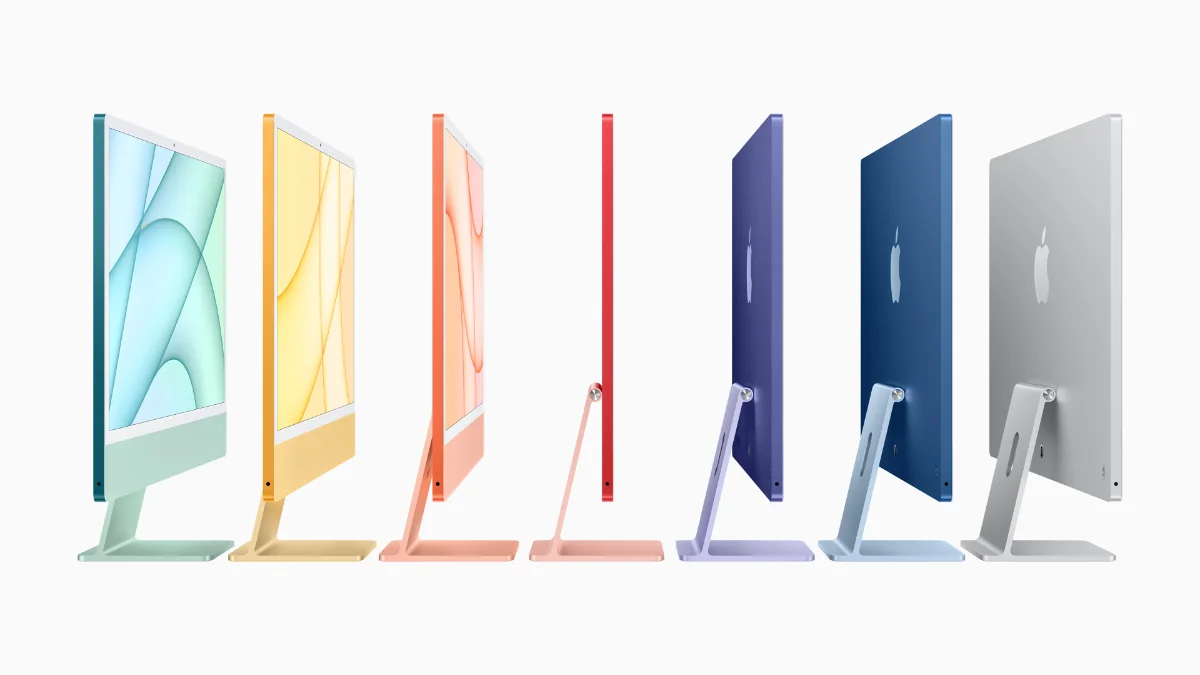
The new iMac does not only represent a redesigned all-in-one computer from Cupertino, but a rebirth of the entire Mac line. Apple has announced in WWDC 2021 that they are moving away from Intel to their own solution called Apple Silicon. The transition officially starts with the release of updated entry level Macs: the Mac Mini, MacBook Air and lower end variant of the 13" MacBook Pro. The only differnece between those old Macs and the new ones is internal only. It meant to field test the new M1 chip to the mass market and it was well received.
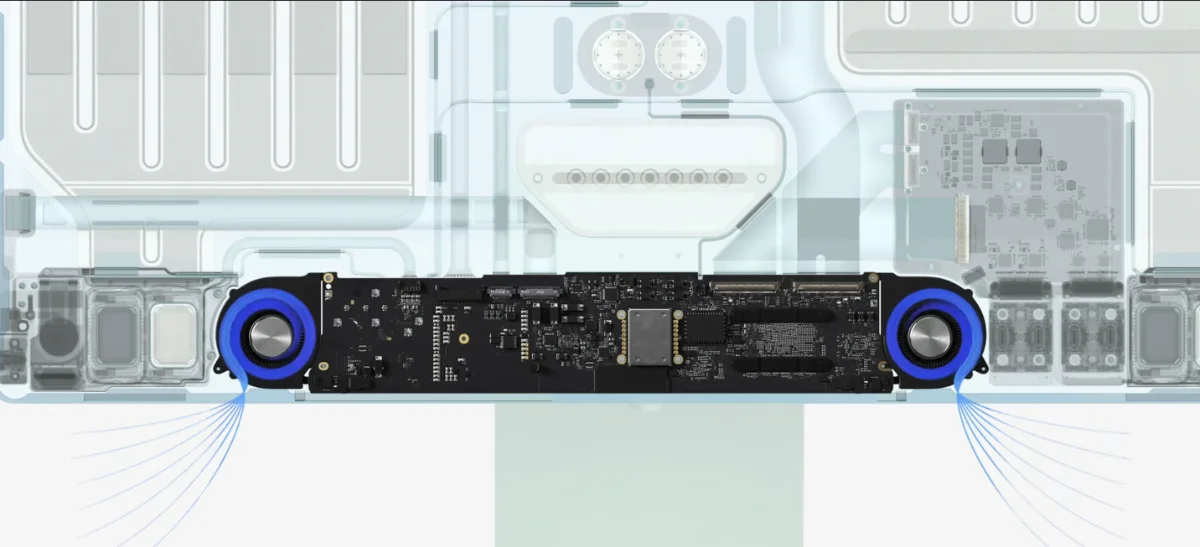
The new iMac represents Apple new design language and completes Apple new vision. An ultra thin all-in-one computer that packs a punch while having all the latest technological marvel that is available at that time. The new iMac is so thin that the 3.5mm headphone jack has to be moved from the back to the side since the new iMac is too think to have the iPhone jack at the back. The monitor has been enlarged and updated. With the new fabrication technology, they manage to squeeze the entire computer into just the chin of the iMac. The rest of the components are just connections to handle the speakers, monitor and I/O.
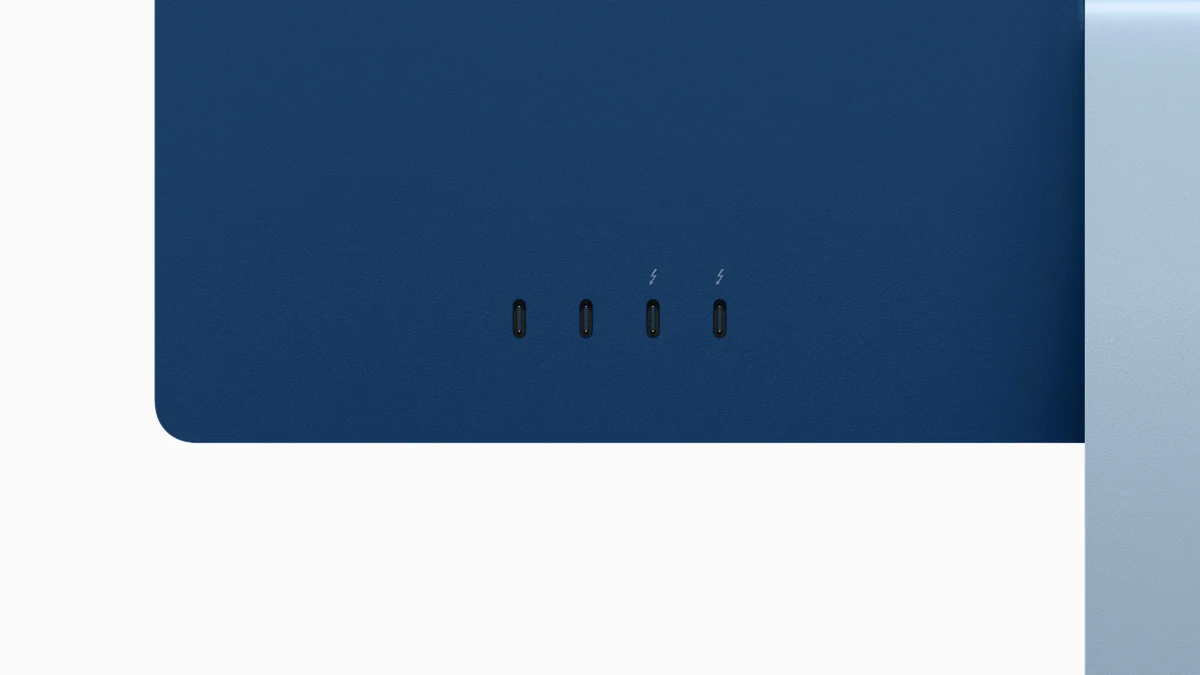
At press time, the iMac has not been delivered into the hands of the general public or reviewers. But based on experience with the M1 chip on other Mac products, it is expected to able to perform very well for 90% of use case. The 10% is where you would need more cores or RAM, which for the typical user, would not be needed.
Comparison
The iMac Pro and the iMac has different market segment and the CPU that is designed around them shows this. Per clock speed, the M1 wins in this regard. Couple with Apple tight integration and insane amount of optimization, the M1 will feel more snappier than the iMac Pro. However, where there is a lot of data needs to be processed, like rendering videos, it will perform better. Works where single threaded performance is paramount like scrubbing through 5K video feed, than the iMac will perform better.
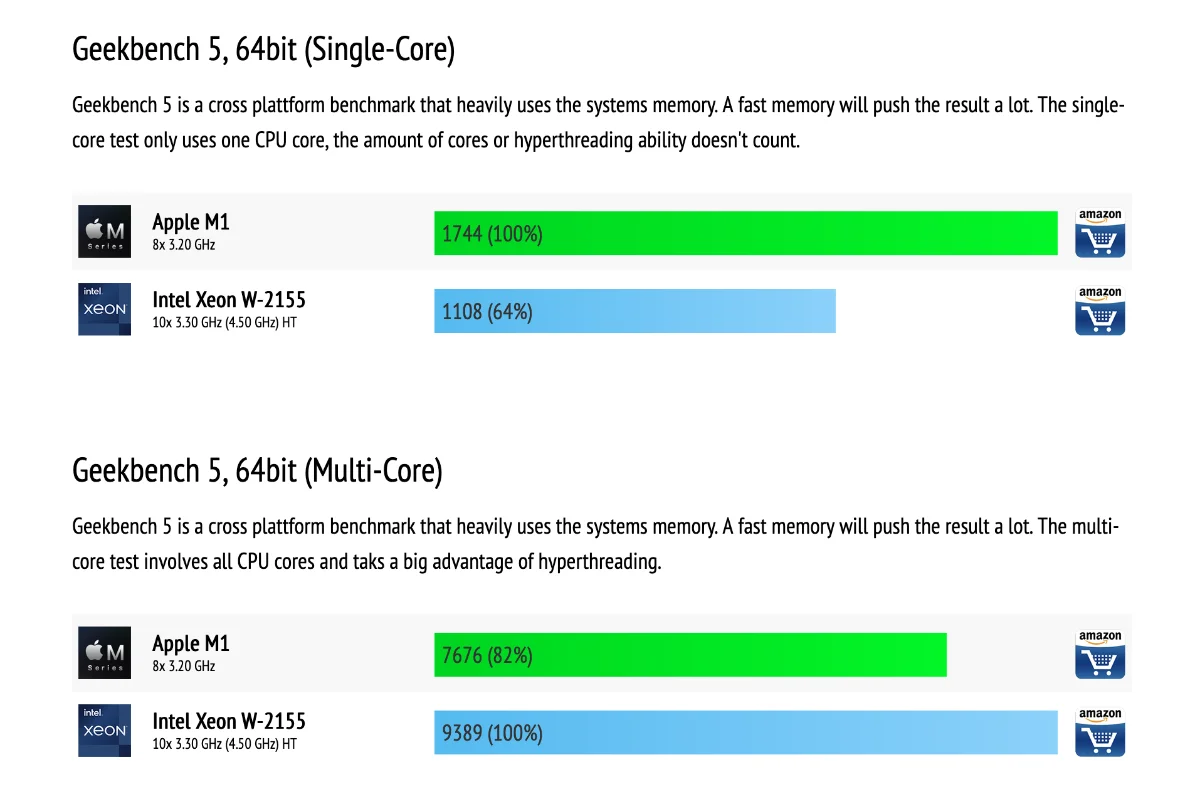
Conclusion
For a $1,500 computer that is as thick as a window glass pane, the iMac packs a great punch of performance, style and afforability. It is a good buy for the 99% of people who needs a computer that will work and perform whatever the job that is thrown at. For the one who need ultimate processing power, the iMac Pro is still a viable solution despite being almost 4 years old. With age, the pricing has come down although still in the several thousand range as the product is still in high demand.
Despite the clarion call of doom by some industry expert on the death of Moore’s law, it seems that progress is still on going and we can expect more improvements in the pipeline.
Plug
Help grow this site and my family by visiting my affiliate links below:-
Accessories:-
